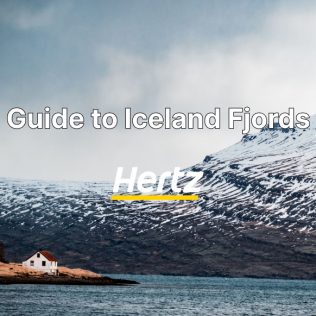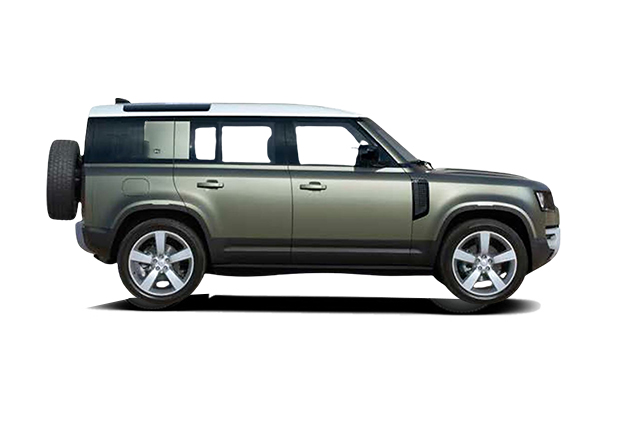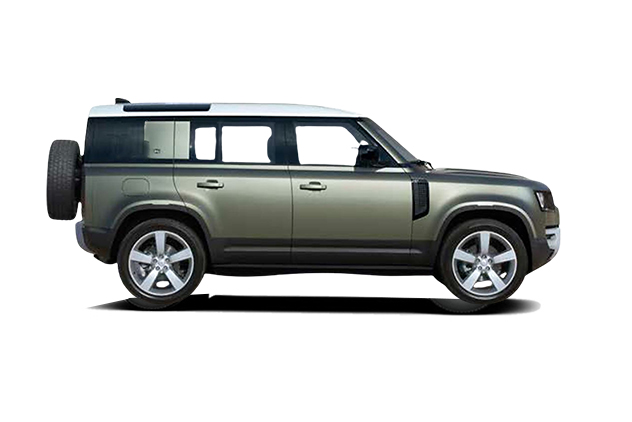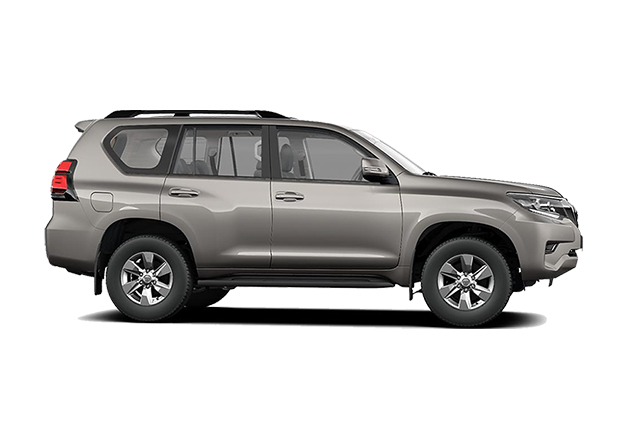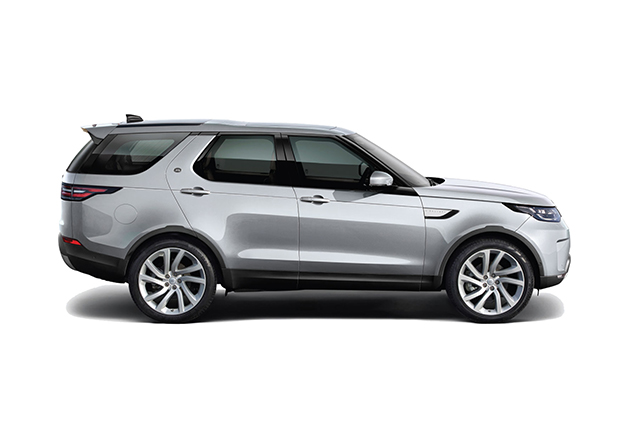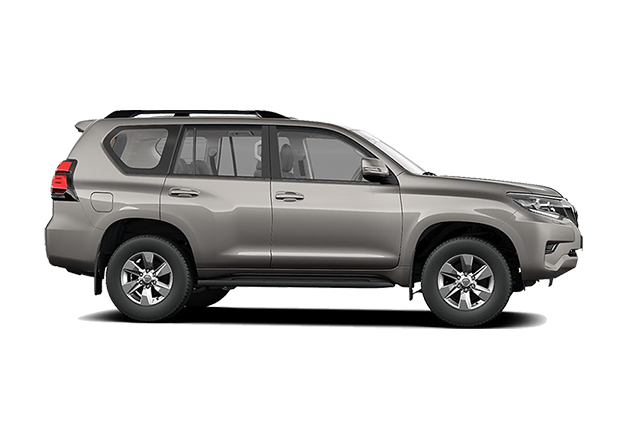Iceland’s landscape is covered in marks showcasing its geological past, and some of the most awe-inspiring are the fjords. Long, narrow inlets carved by glacial erosion are concentrated in regions like the Westfjords, North Fjords, and East Fjords, with each offering something unique.
In this article, we’ll discover the natural wonders of Iceland’s Fjords and provide essential tips to help you explore them on your Iceland trip. We’ll also look at the origins of the fjords and their widespread presence along the country’s picturesque coastline, carved over thousands of years by glacial erosion and tectonic forces.
Discover the best times to visit the stunning fjords and gain valuable insights into choosing the perfect rental car for your expedition. Whether you’re drawn to the secluded beaches of the Westfjords, the wildlife-rich cliffs of the North Fjords, or the scenic villages of the East Fjords, there’s something for every traveler to discover in Iceland’s captivating fjord regions.
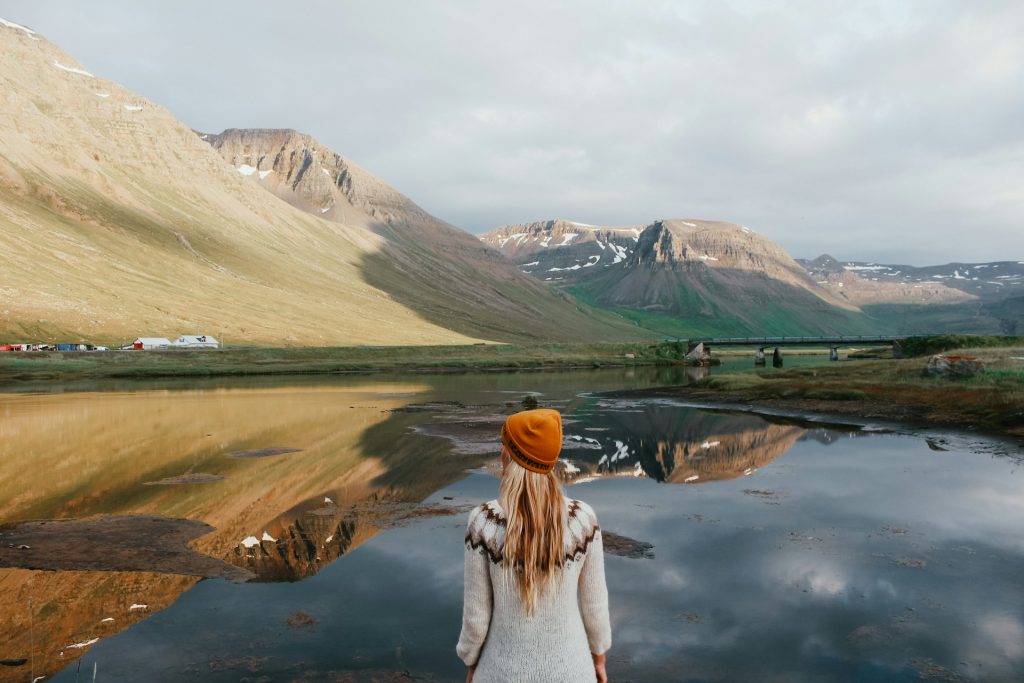
What is a Fjord in Iceland? Are there Fjords in Iceland?
Fjords in Iceland are long, narrow inlets with steep sides or cliffs created by glacial erosion during the last Ice Age. There are 109 fjords throughout Iceland, mostly found in the east and northwest areas of the country. These natural features are often characterized by their U-shapes and deep valleys, which are carved out by glaciers. Iceland has an abundance of fjords located along its coastline.
Many of Iceland’s fjords are concentrated in specific regions, such as the Westfjords, which feature secluded beaches where visitors can enjoy the stunning coastal scenery, the North Fjords are home to a diverse array of wildlife, including seabird colonies nesting along the cliffs, seals, and occasionally an Arctic fox. The East Fjords are full of steep mountainsides and many cascading Iceland waterfalls flowing into the sea.
Main bays and fjords of Iceland
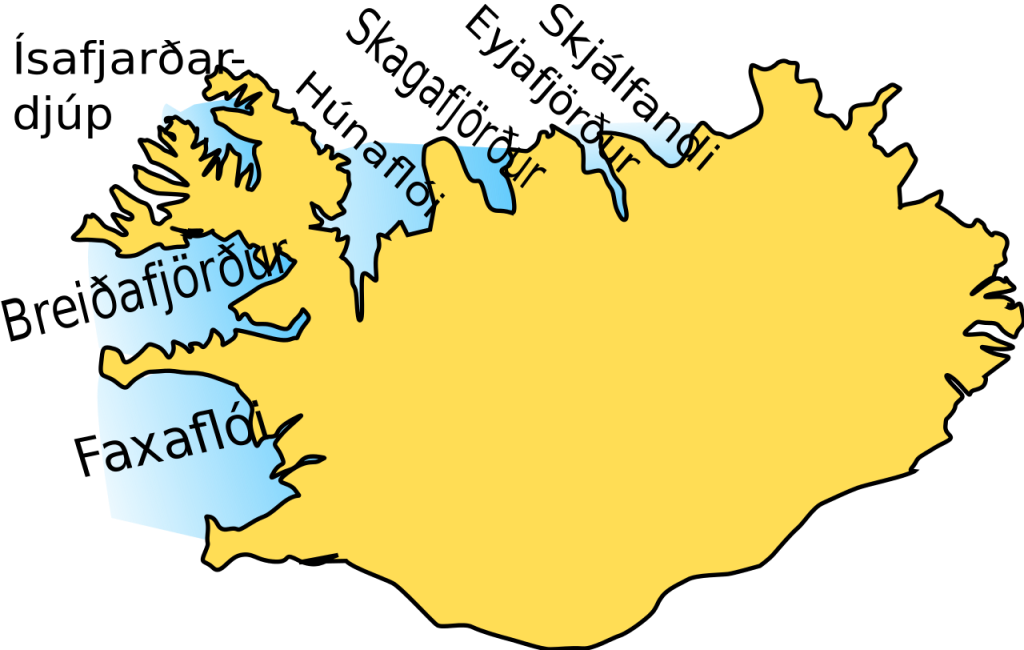
Photo from Wikipedia. CC BY-SA 3.0 DEED
Fjords are a combination of different rock types, including basalt, granite, and sedimentary rocks such as sandstone and limestone. During the last Ice Age, which ended approximately 10,000 years ago, massive glaciers covered much of Iceland’s landscape. Over time, as these glaciers both advanced and receded, they carved the fjords into the underlying bedrock through glacial erosion. The movement of ice scoured the land, carrying rocks and debris that scraped and shaped the terrain.
Tectonic activity also played a significant role in the formation of Iceland’s fjords. Iceland sits atop the Mid-Atlantic Ridge, a boundary where the North American and Eurasian tectonic plates are pulling apart. This led to the fracturing and uplifting of the Earth’s crust, creating the rugged and mountainous terrain and fjords. This is why the country of Iceland has so much diversity in its natural landscapes, with towering cliffs, deep valleys, and winding waterways.
As sea levels rose and glaciers melted, the valleys were flooded by seawater, creating the characteristic fjords we see today. Today, these natural wonders provide habitats for diverse marine life and offer breathtaking views that attract visitors from around the world.
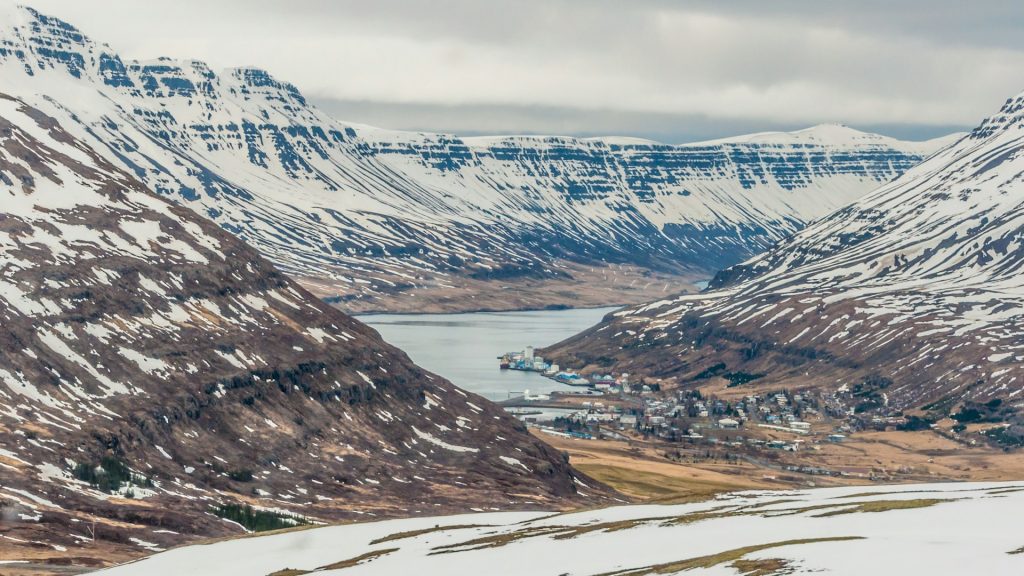
Best time to see the Fjords in Iceland
If you are planning to explore the fjord-rich areas of the country, then the best time to visit Iceland is during the summer months, from late May to early September. The summer season offers the most favorable Iceland weather conditions.
During this time, daylight hours are abundant, temperatures are milder, and road accessibility is at its best, allowing for unrestricted exploration as many of the fjords are located in remote areas of the country, which lie off the main routes of Iceland’s Ring Road or Golden Circle. Additionally, one of the best things to do when visiting the fjords is to go hiking, and summer is when the majority of hiking trails are dry and clear.
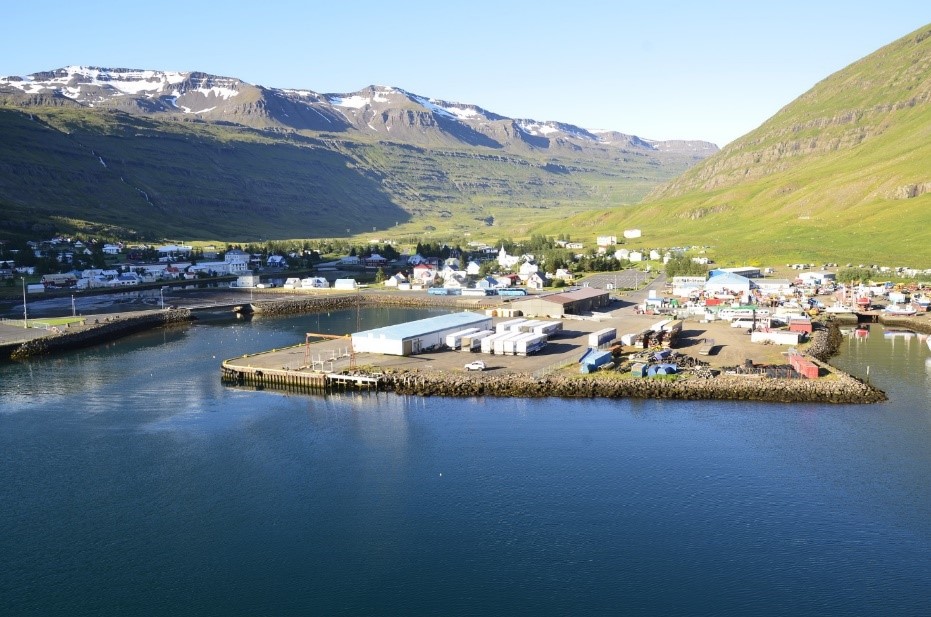
If your focus is primarily on seeing fjords near the capital of Iceland, Reykjavik, you’ll find that they are accessible year-round, so you could even visit them during a trip to Iceland in winter. The pros of visiting in winter are that there are fewer crowds, and you have a higher chance of seeing the northern lights in Iceland.
That said, you will be limited with what fjords are actually accessible, so if you want to visit as many as possible, it’s best to do it under Iceland’s midnight sun, in the summer. No matter when you go, be sure to pack for unpredictable weather conditions. Iceland is known for its changeable climate, so layers are key!
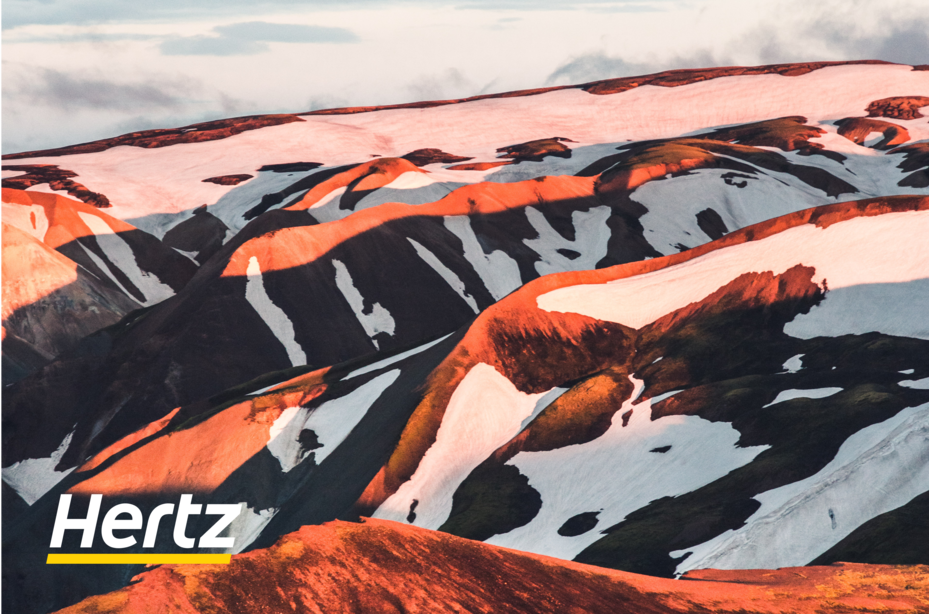
Best rental car for this trip
Selecting the appropriate rental car for exploring Iceland’s fjords hinges on several factors. The most important things to consider are the regions you intend to visit and the time of year you will be going. In fjord-dense areas like the Westfjords, North Fjords, and East Fjords, opting for a 4×4 vehicle is highly recommended.
The rugged terrain and gravel roads in these remote regions require enhanced traction and stability that is offered by a 4×4, which ensures safer and more comfortable travel. Additionally, a 4X4 SUV will provide higher clearance which will help you navigate through uneven terrain and any Iceland river crossings that you might encounter along the way.
If your itinerary revolves around fjords near Reykjavik, compact or economy rental cars can be sufficient, especially in summer conditions. However, for winter or shoulder season visits to Reykjavik’s fjords,, it is still wise to choose a 4×4 vehicle due to the unpredictability of the weather and road conditions demanding the extra level of control provided by a four-wheel drive. Selecting the proper rental car guarantees an enjoyable exploration of Iceland’s fjords, creating a safe and convenient travel experience.
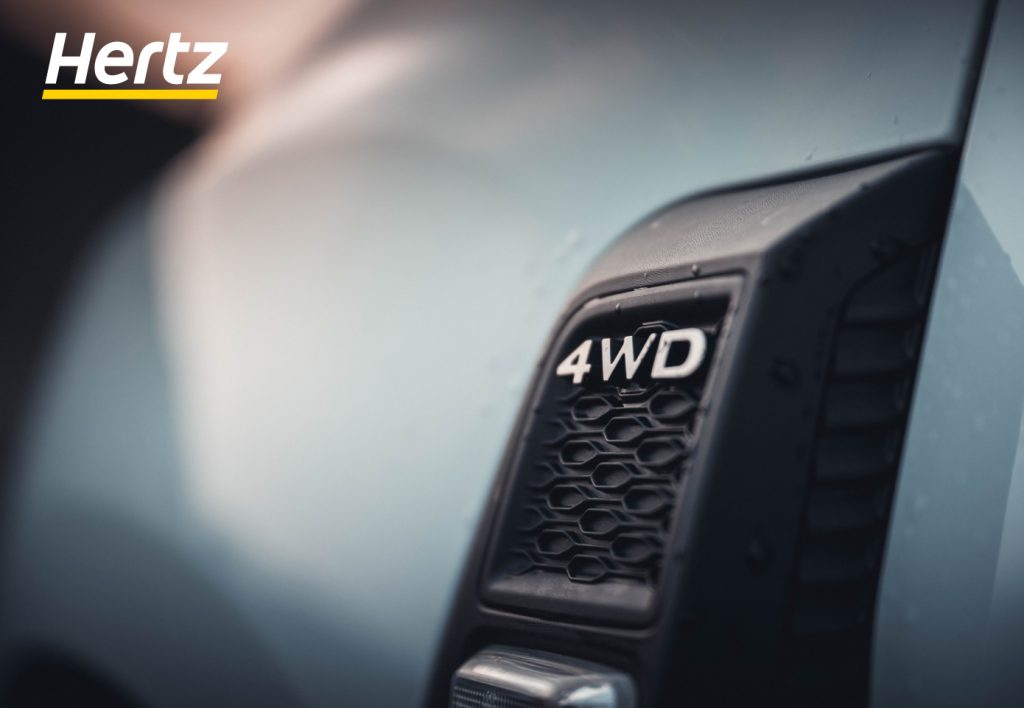
Fjords around Reykjavik
Reykjavik has a handful of scenic fjords nearby that allow you to experience them without venturing far from the city and its urban amenities. One of the most popular fjords near Reykjavik is Hvalfjörður, or “Whale Fjord,” located approximately 30 km (18.6 m) northwest of the city. Hvalfjörður is well known for its towering mountains, waterfalls, and beautiful coastal views.
This fjord is a favorite among outdoor enthusiasts, offering opportunities for hiking, birdwatching, and wildlife spotting. Its sea waters are frequented by whales and seals, making it a prime spot for whale-watching tours near Reykjavik.
Borgarfjörður, or “Fortress Fjord,” is situated next to Faxaflói Bay, stretching between Reykjavík and the Snӕfellsnes Peninsula. Approximately an hour’s drive away from Reykjavik, it is recognized for having a range of Iceland attractions and recreational activities. Both JRR Tolkien and George RR Martin got inspiration for Lord of the Rings and Game of Thrones at Borgarfjörður.
Here, you can enjoy fishing excursions, sailing trips, sea kayaking adventures, and a whale-watching tour that departs from Reykjavik’s harbor. From out on the water, you can take in incredible scenic views of Reykjavik’s skyline, so we definitely recommend this. These attractions near Reykjavik are ideal destinations for day trips or short excursions from the city and are perfect for an Iceland stopover.
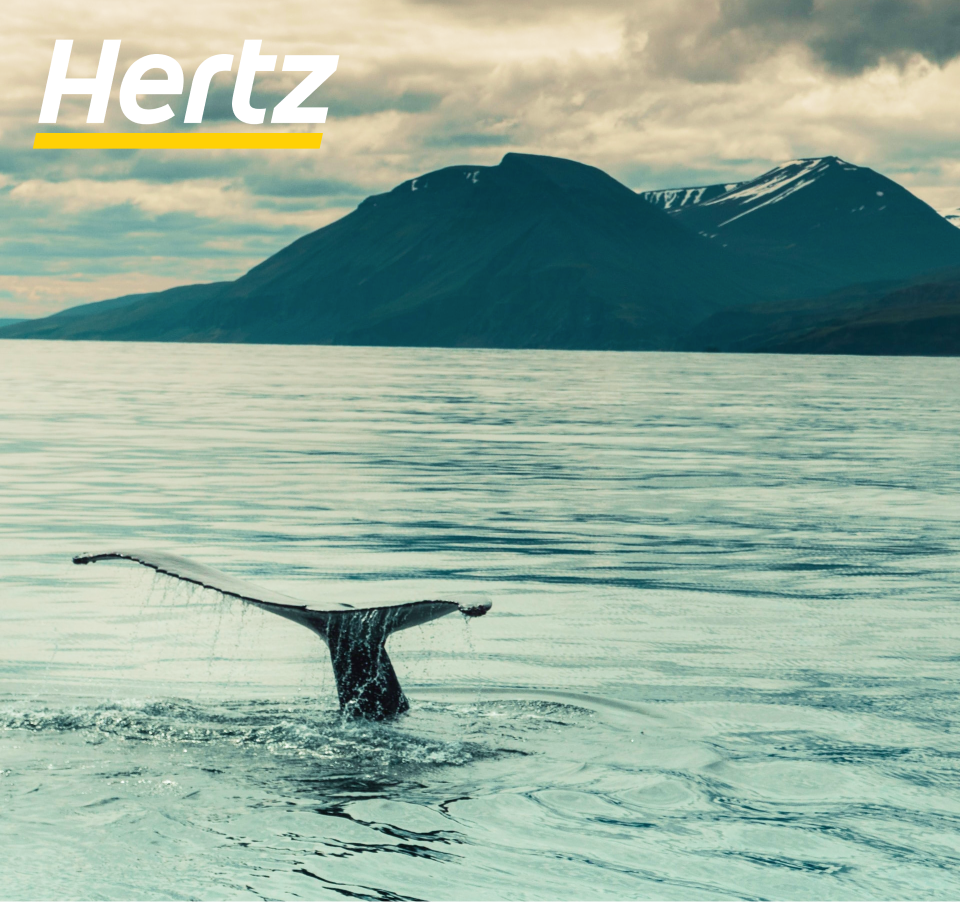
The Westfjords area
The Westfjords of Iceland are located in the remote and rugged northwest of the country. The region is known to draw adventurous travelers who visit to explore its untouched wilderness for example the hornstrandir nature reserve and incredible beauty. Stretching into the North Atlantic Ocean, this area showcases some of Iceland’s grandest fjords, towering cliffs, and secluded, secret coves.
Compared to more famous routes like Iceland’s South Coast and the Route 1 Ring Road, the Westfjords is off the beaten path, meaning you’ll find fewer crowds and a more pristine natural environment.
Scenic hiking trails take you through lush valleys and along rugged coastal cliffs, revealing hidden waterfalls for example the dynjandi waterfall, premier birdwatching spots, and panoramic views. The Westfjords provide a habitat for a variety of wildlife, including seals, whales, and even the puffin. Boat tours are a popular way to get up close to these amazing creatures.
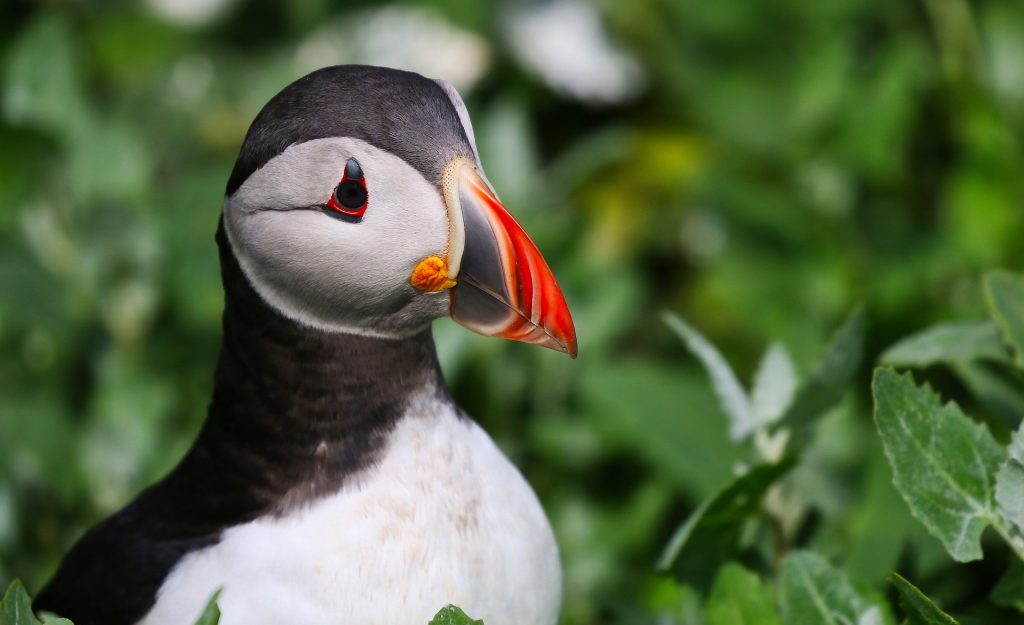
Some of the most well-known fjords in the Westfjords include Súðavík and Geirfjordur. Geirfjordur is known for its dramatic cliffs and waterfalls, plus it’s also home to the village of Isafjordur, the largest town in the Westfjords and the Westfjords Heritage Museum. At Súðavík, you’ll find Iceland camping opportunities, making it great place to use as a base while you explore the area.
Experience the Westfjords by taking a coastal drive, relaxing in seaside Iceland hot springs, and savoring locally sourced seafood. This region allows you to discover Iceland’s natural wonders, connecting with nature and Icelandic culture in a way that is truly unique.
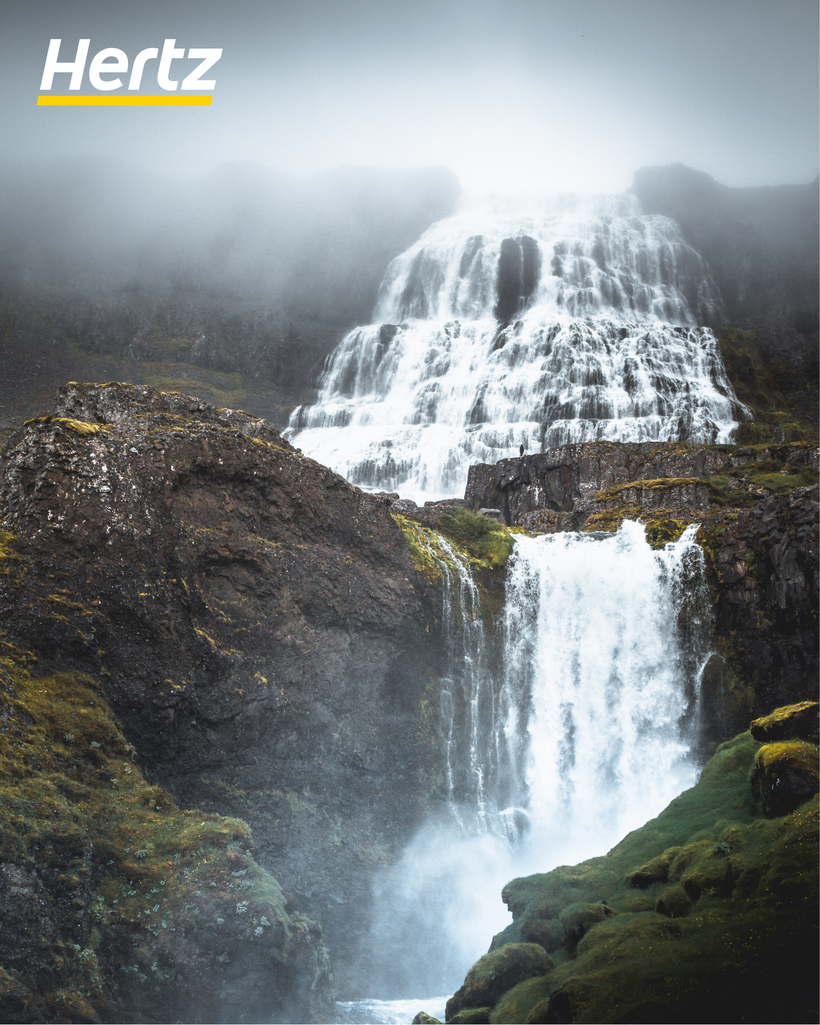
The North Fjords area
The North Fjords area of Iceland can be found in North Iceland, along the coastline. It is the perfect mix of outdoor beauty, quaint fishing villages, and cultural heritage. The North Fjords have a rich history evident in Viking settlements and agricultural traditions, so you’ll find many historical and cultural landmarks, from traditional turf-roofed churches to museums that explore the region’s maritime history. Lively festivals celebrate local traditions and folklore, offering a glimpse into the vibrant soul of coastal communities.
The largest city in the north, Akureyri, makes a good hub from which to explore the North fjords area, with various amenities available. Eyjafjordur fjord is the longest fjord in the north, and also called the Island Fjord. It cradles the city of Akureyri, so you don’t need to go far to visit it.
Skagafjörður (Spit Fjord) features several islands, including Drangey, a bird sanctuary, and Málmey, with historical Viking settlements. This area is known for its agricultural history, along with opportunities for Iceland horseback riding. Two other fjords in the area include Öxarfjörður (Ox Fjord) and Þjórsárkútur, both with dramatic scenery.
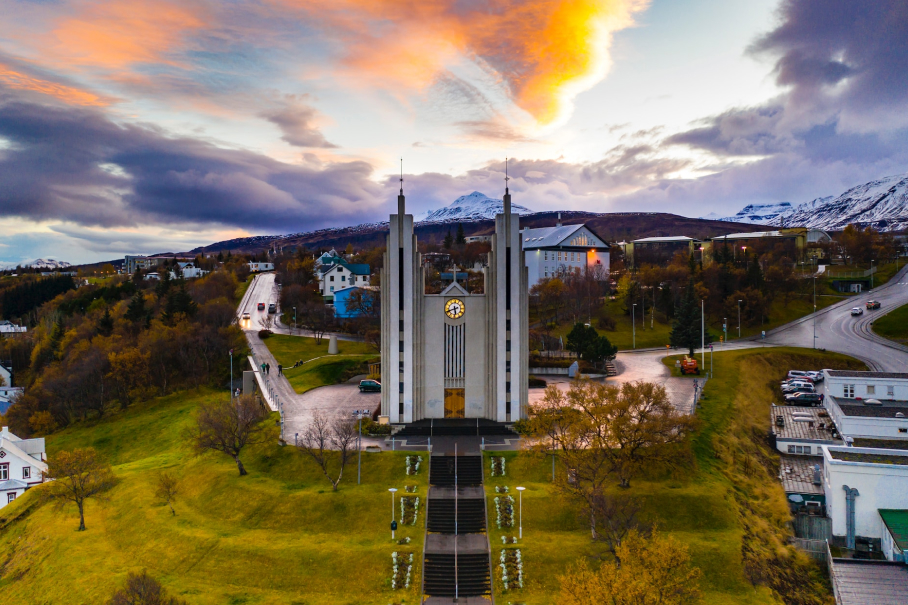
The East Fjords area
Compared to the other fjord areas, the East Fjords is the most remote and hard to access. Even in the middle of summer at the height of the tourist season, you will still likely have portions of this region to yourself as you explore. Something unique about this region is that it’s the only place in Iceland where you can find wild reindeer, turning your trip into a wildlife scavenger hunt.
This region is characterized by a series of intricate fjords, carved by ancient glaciers and adorned with towering cliffs and cascading waterfalls. The East Fjords are also rich in cultural heritage, with picturesque fishing villages dotting the coastline, each with its own unique charm and history. The area also has the sunniest weather in the entire country and is home to Halldórsskógur, the largest forest in Iceland.
The East Fjords have a rich cultural heritage with many local legends and historical sites. Outdoor enthusiasts can enjoy hiking, with trails winding through lush valleys, along rugged coastlines, and to remote hot springs. When in the area, make sure to stop by Djúpivogur, a charming fishing village known for its colorful houses and artistic atmosphere.
If you’re looking for a good base, we recommend Egilsstaðir, which is the largest town in the East Fjords, although its permanent population is still well under 3000 people. Borgarfjörður Eystri is the easternmost fjord in Iceland, with steep multicolored mountains framing a deep inlet and over 40 marked hiking trails.
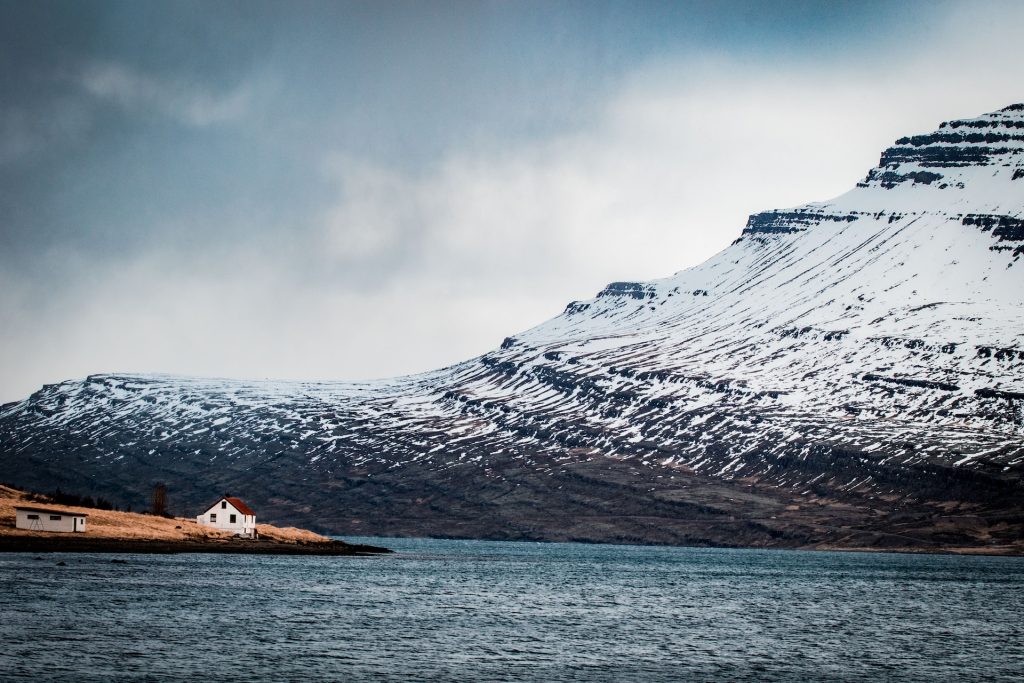
Visit the Iceland Fjords
Iceland’s fjords offer a remarkable glimpse into the country’s geological and natural wonders. When planning a trip to visit Iceland’s fjords, selecting the appropriate rental car is key, with 4×4 vehicles recommended for exploring remote regions due to rugged terrain and gravel roads.
Whether taking in the dramatic landscapes, hiking the scenic trails, or immersing yourself in the local culture, Iceland’s fjords promise an unforgettable adventure. Don’t miss the chance to discover these experiences that await you – book your rental car with Hertz Iceland online and in advance to ensure you secure the perfect rental vehicle for your adventure to Iceland’s fjords.
